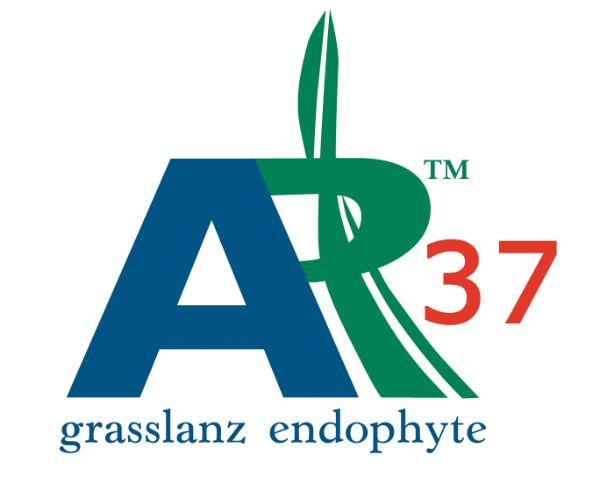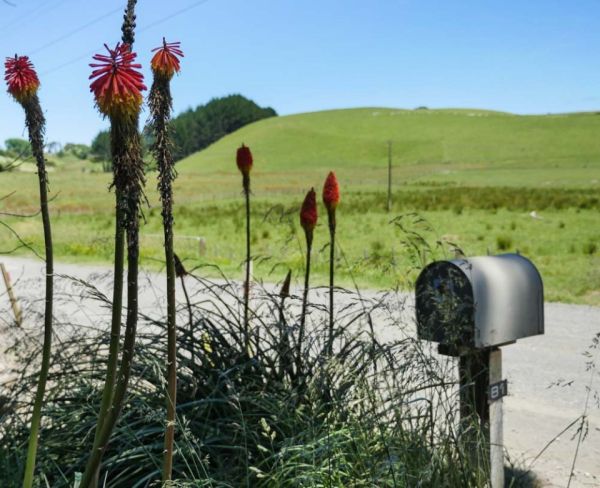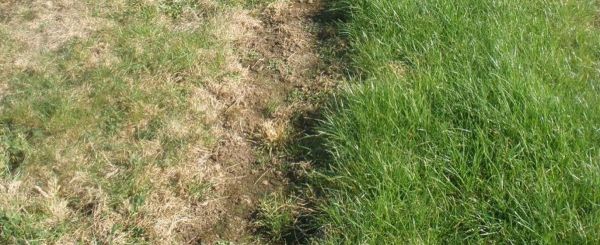NZ Plant Breeding
New Zealand’s ryegrass systems underpin a significant proportion of agricultural GDP. Ryegrass is considered the mainstay for 95% of New Zealand’s farming businesses and because small improvements in production can result in large differences in profitability, it’s very important for farmers to look at companies investing in onshore plant breeding and who have proven their technology in the marketplace.
The benefits of New Zealand based plant breeding are tenfold when it comes to the performance of ryegrasses with endophyte. Agricom have found that time after time, New Zealand material is not only more robust but it will generally handle more than one stress event at a time. An example of this is in Northern environments where NZ based genetics tend to better withstand rust, heat, insect and drought pressure simultaneously. While most ryegrasses will handle one of these in isolation, having the benefit of New Zealand breeding improves the plants’ natural ability to survive and recover under our unique combination of farm management and environmental conditions.
All the while uptake of AR37 technology in New Zealand has been rapid, partly driven by farmers’ desires for better persistence and insect tolerance. It’s important, however, to recognise that some of these gains are coming from onshore plant breeding and screening at multiple sites throughout the country.
All the while uptake of AR37 technology in New Zealand has been rapid, partly driven by farmers’ desires for better persistence and insect tolerance. It’s important, however, to recognise that some of these gains are coming from onshore plant breeding and screening at multiple sites throughout the country.
Endophyte technology and New Zealand based plant breeding are not mutually exclusive, rather they are synergistic with one another. While some companies will run their programmes separately, Agricom have found that the two technologies are closely linked and that benefits can be achieved by screening for endophyte in parental lines before creating the marketed products.. The net result for farmers is a more reliable endophyte/ryegrass relationship.
The alternative to breeding with endophyte is a process called “jabbing”. This is where the ryegrass gets bred with no endophyte or a different endophyte to what will be on the market and at the last minute pre-commercialising the product, the plants are “jabbed” with whichever endophyte is going to market. While this seems simple, numerous biological forces can lead to disappointing results and a total collapse in endophyte transfer.
The alternative to breeding with endophyte is a process called “jabbing”. This is where the ryegrass gets bred with no endophyte or a different endophyte to what will be on the market and at the last minute pre-commercialising the product, the plants are “jabbed” with whichever endophyte is going to market. While this seems simple, numerous biological forces can lead to disappointing results and a total collapse in endophyte transfer.
Agricom prides itself on its thoroughly proven ryegrass portfolio, including the largest selling perennial ryegrass in New Zealand, Ceres ONE50. In addition to ONE50, Prospect is also coming through alongside for the slightly more challenging situation, while Request suits the needs of farmers looking for early spring production.
A big consideration for all farmers is the type of ryegrass to sow. There is much debate over heading dates and this provides a great opportunity to pick a ryegrass ideally suited to your farm, but it can be confusing. It is not possible to say that one heading date is ideal for all farms or even every paddock on a farm.
The heading date of a ryegrass cultivar is determined when 50% of plants have emerged seed heads. Flowering occurs after heading, and often people use the term “flowering date” to describe the lateness of a cultivar. Although there are different dates for the heading and flowering of a cultivar, the terms have the same meaning when comparing between cultivars.
Heading date can have some influence on the performance of a cultivar in a pasture. Late-heading cultivars put up stem and seed heads later in spring, so control of quality by grazing/topping/silage can be delayed. Quality of mid-spring silage is usually improved with later cultivars having fewer stems in the crop at harvest.
It is often a good idea to have different heading dates in different paddocks. On a sheep farm, you may sow late cultivars (e.g. Ceres ONE50) in several paddocks to use for growing lambs post-weaning to achieve fast growth rates and also to use during late lambing. Other pastures may be based on early-heading cultivars for high stocking rates during lambing (Samson/Request). On a dairy farm, paddocks mainly used for silage production could be sown in late cultivars, but with the majority sown with cultivars sitting at the start of the late heading range for maximum regrowth after the first two spring grazing rotations (Prospect).
In summary, Agricom have a thoroughly proven and well considered ryegrass portfolio with the benefits of New Zealand based plant breeding and world class endophyte technology. Good things take time, and that’s exactly the vision needed when delivering market leading endophyte and perennial ryegrass technologies for New Zealand farmers.
A big consideration for all farmers is the type of ryegrass to sow. There is much debate over heading dates and this provides a great opportunity to pick a ryegrass ideally suited to your farm, but it can be confusing. It is not possible to say that one heading date is ideal for all farms or even every paddock on a farm.
The heading date of a ryegrass cultivar is determined when 50% of plants have emerged seed heads. Flowering occurs after heading, and often people use the term “flowering date” to describe the lateness of a cultivar. Although there are different dates for the heading and flowering of a cultivar, the terms have the same meaning when comparing between cultivars.
Heading date can have some influence on the performance of a cultivar in a pasture. Late-heading cultivars put up stem and seed heads later in spring, so control of quality by grazing/topping/silage can be delayed. Quality of mid-spring silage is usually improved with later cultivars having fewer stems in the crop at harvest.
It is often a good idea to have different heading dates in different paddocks. On a sheep farm, you may sow late cultivars (e.g. Ceres ONE50) in several paddocks to use for growing lambs post-weaning to achieve fast growth rates and also to use during late lambing. Other pastures may be based on early-heading cultivars for high stocking rates during lambing (Samson/Request). On a dairy farm, paddocks mainly used for silage production could be sown in late cultivars, but with the majority sown with cultivars sitting at the start of the late heading range for maximum regrowth after the first two spring grazing rotations (Prospect).
In summary, Agricom have a thoroughly proven and well considered ryegrass portfolio with the benefits of New Zealand based plant breeding and world class endophyte technology. Good things take time, and that’s exactly the vision needed when delivering market leading endophyte and perennial ryegrass technologies for New Zealand farmers.

Visit the AR37 website
READ MORE

